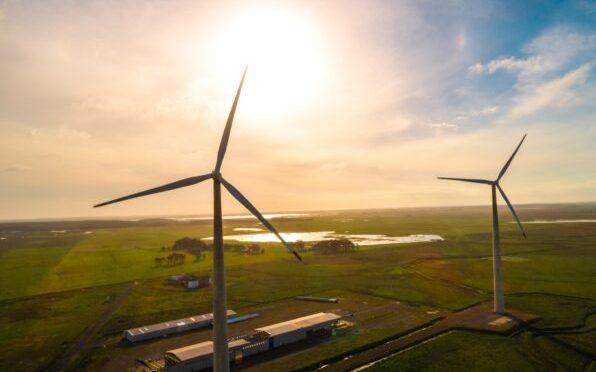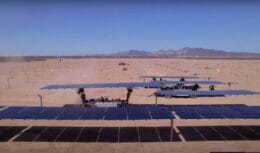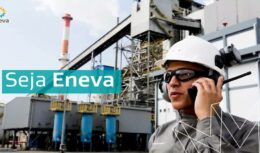
From 2011 to 2019, more than BRL 88 billion was invested, of which BRL 67 billion was spent on the country's economy.
On the day that wind energy in Brazil reached 17 GW of installed power, a study commissioned by the Associação Brasileira de Energia Eólica indicates that the socioeconomic and environmental impacts of wind generation in the country exceed R$ 260 billion applied to the economy. According to the publication presented at the XI Brasil Windpower, an event organized by CanalEnergia Group-Informa Markets, GWEC and ABEEólica, there are three effects of investments, direct, indirect and profit.
Read also
- Paraná announces infrastructure investment plan of US$ 760 million
- Petrobras announces voluntary redundancy plan and other operational cuts
- Petrobras: 45 workers are at risk of losing their jobs
- Petrobras is expected to spend around US$6 billion on a plan to decommission platforms, underwater gas pipelines and offshore wells
More than 88 billion invested in Brazilian wind energy
The study indicates that, between 2011 and 2019, just over R$88 billion, or US$31,3 billion, were invested, considering the average annual commercial dollar price for sale. Of these amounts, 80% went to wind turbines, machinery and equipment, in addition to maintenance and repairs, and the remaining 20% to construction, of which R$ 67 billion were invested internally and the remaining R$ 21,1 billion to import products.
These investments had the potential to expand production in the Northeast and South regions of the country (added value) in the order of R$ 262 billion, generating more than 498 thousand jobs per year, on average, and R$ 45,2 billion in wages. In addition, R$ 22,4 billion were collected in related economy taxes, of which R$ 11,8 billion in ICMS and R$ 1,9 billion in IPI.
Wind energy contributes significantly to the Brazilian economy
A highlight of the study is that, due to its complementary characteristic to other economic activities, the wind source contributes with a significant increase in the revenue of the producing regions. And he says that, given the value of electricity, this supplementary income becomes the main source of income for the areas dedicated to its production.
“That's because most wind farms use the model of leasing small properties and not buying them, which allows them to generate income for small producers, usually small rural producers and subsistence farmers. Added to this, the significant positive impact on the communities is due, among other reasons, to the dynamism of the local economy”, reported GO Associados, responsible for the study.
In 2018, GO estimates, just with the leasing of areas, a total of BRL 169,7 million calculated. This value refers to the volume of 14,71 GW of wind energy installed at the end of that year. This amount considers the average monthly amount paid for a rented wind turbine (pre-operation and operation) and the number of families that received these amounts during the 12 months.












